A wooden frame covered with decorative Japanese Shikkui-style plaster defines The Farmer’s Arms Cold Food Store in the Lake District, designed by London studio Hayatsu Architects.
The pavilion contains a cooking area and cold food store for fermented goods made by the Grizedale Arts institution, which runs a pub as part of its headquarters in Lowick Green.

Hayatsu Architects created the structure with the participants of a week-long building residency, held annually by the arts institution to facilitate the exchange of knowledge about building with local materials.
This year’s workshop was hosted in collaboration with Japanese plasterer Kiyoshi Fukuda and local coppice worker Owen Jones, with whom participants got “hands-on experience”.
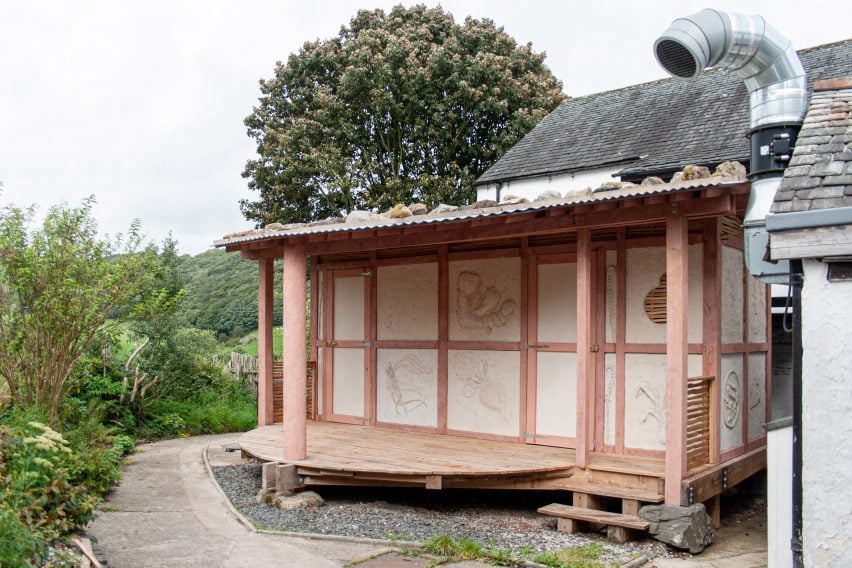
“Grizedale Arts started operating the Farmer’s Arms pub in Lowick Green in 2020 as their headquarters for pursuing their ethos of useful art, which encompasses growing vegetables, cooking food and making pots, furnitures and buildings,” explained Hayatsu Architects director Takeshi Hayatsu.
“The pub is very popular for locals and visitors, and the kitchen became too busy to accommodate the needs,” he continued.
“They also wanted to start the food fermentation, such as making kimchi and miso, so the cold food store was built primarily for storing vegetables and fermenting.”
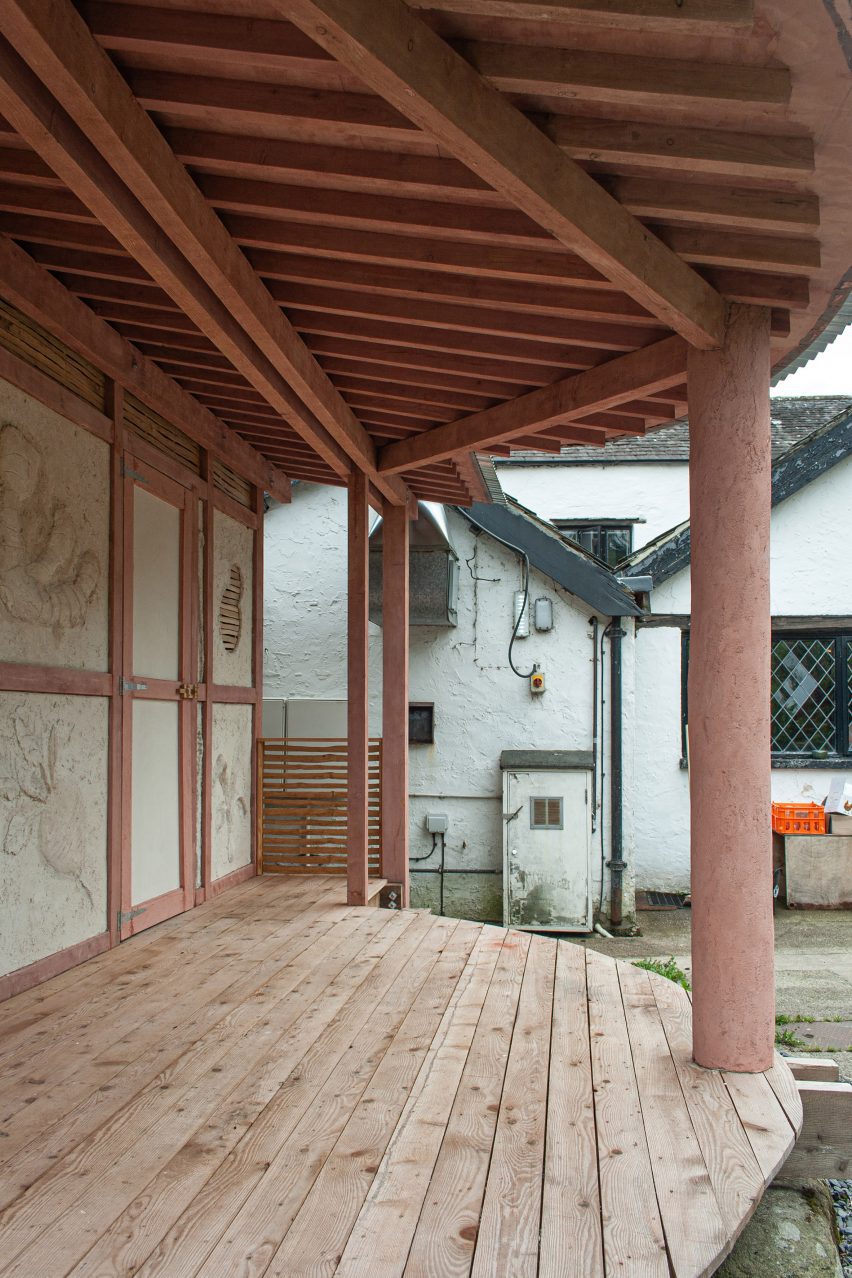
Farmer’s Arms Cold Food Store is divided into cold food storage and a separate cooking area. Outside, a crescent-shaped terrace forms a covered area for food preparation and cooking classes.
It is formed of a timber frame made from local larch and raised on slate boulders sourced from a nearby quarry.
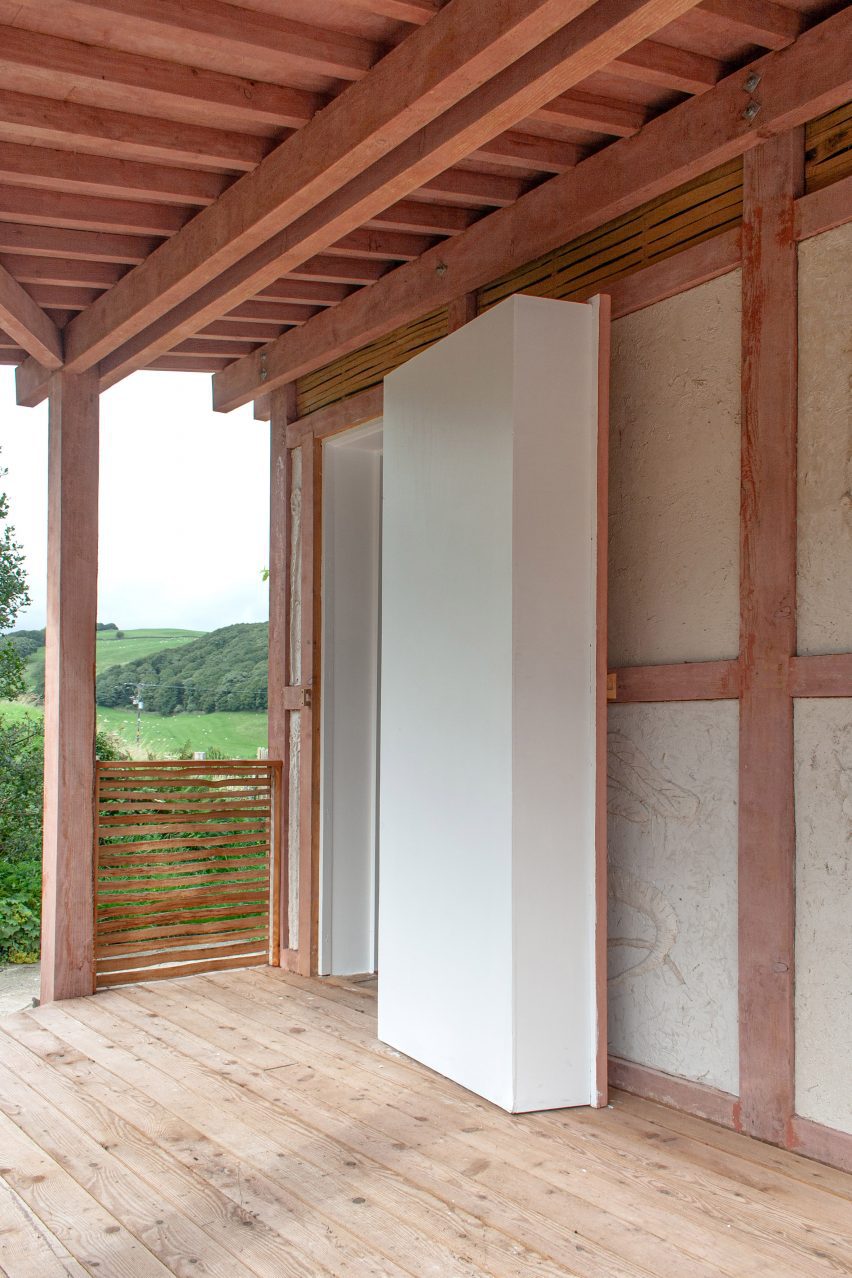
The walls are coated in an adapted version of Shikkui – a type of plaster typically formed of hydrated lime, hemp fibre and seaweed. In this case, it was created using a mixture of sand, lime and seaweed from the British coast, and pigmented with iron oxide for a subtle pink hue.
It was built using the wattle and daub technique, a traditional construction method in which wooden strips, or wattles, are coated in sticky materials, or daub, such as soil or clay. The wattles are revealed in an opening in the kitchen, carved out to allow natural light into the closed space.
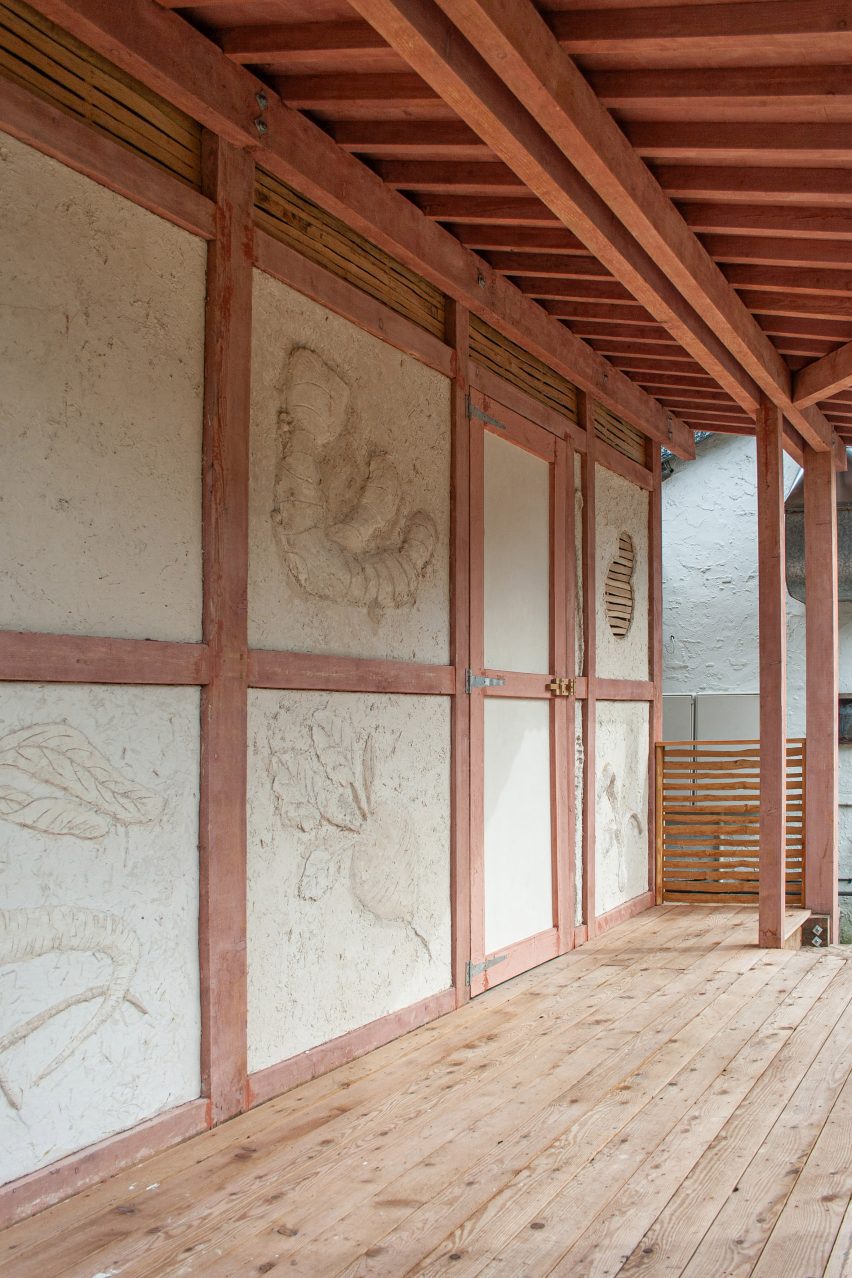
According to the studio, the plaster offers fire protection while maintaining breathability. Wood fibre insulation maintains a stable internal temperature for the cold food storage.
The plaster is finished with decorative food motifs on its external walls to evoke Kura – traditional Japanese storehouses often found in farming complexes.
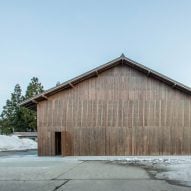 Local cedar forms snow-cooled rice warehouse in Niigata Prefecture
Local cedar forms snow-cooled rice warehouse in Niigata Prefecture
“Kura have a distinctive character with thick walls covered in Shikkui plaster, protected from fire to keep the treasures and valuables safe,” said Hayatsu.
“Because of their importance, Kura are given the highest status within the complex, often decorated with symbols and a high standard of finishes,” he continued.
“We wanted to make the food store something special, distinct from the other buildings in the pub complex.”

Completing the pavilion is a corrugated roof dotted with iron slag collected from the local river, used to anchor the building down.
Hayatsu Architects began collaborating with Grizedale Arts in 2018, running building projects with students in Coniston in Cumbria and Yamaguchi in rural Japan.
“The building programme relates to the Grizedale Arts’ ambition to connect rural villages around the world through the cultural exchange of knowledge and skills,” Hayatsu said.
“In the Japanese case, the rural villages are suffering from depopulation and ageing. If we don’t catch their valuable knowledge and skills now we will lose them forever” he continued. “Bringing international participants to these locations is one way to help revitalize the situation.”
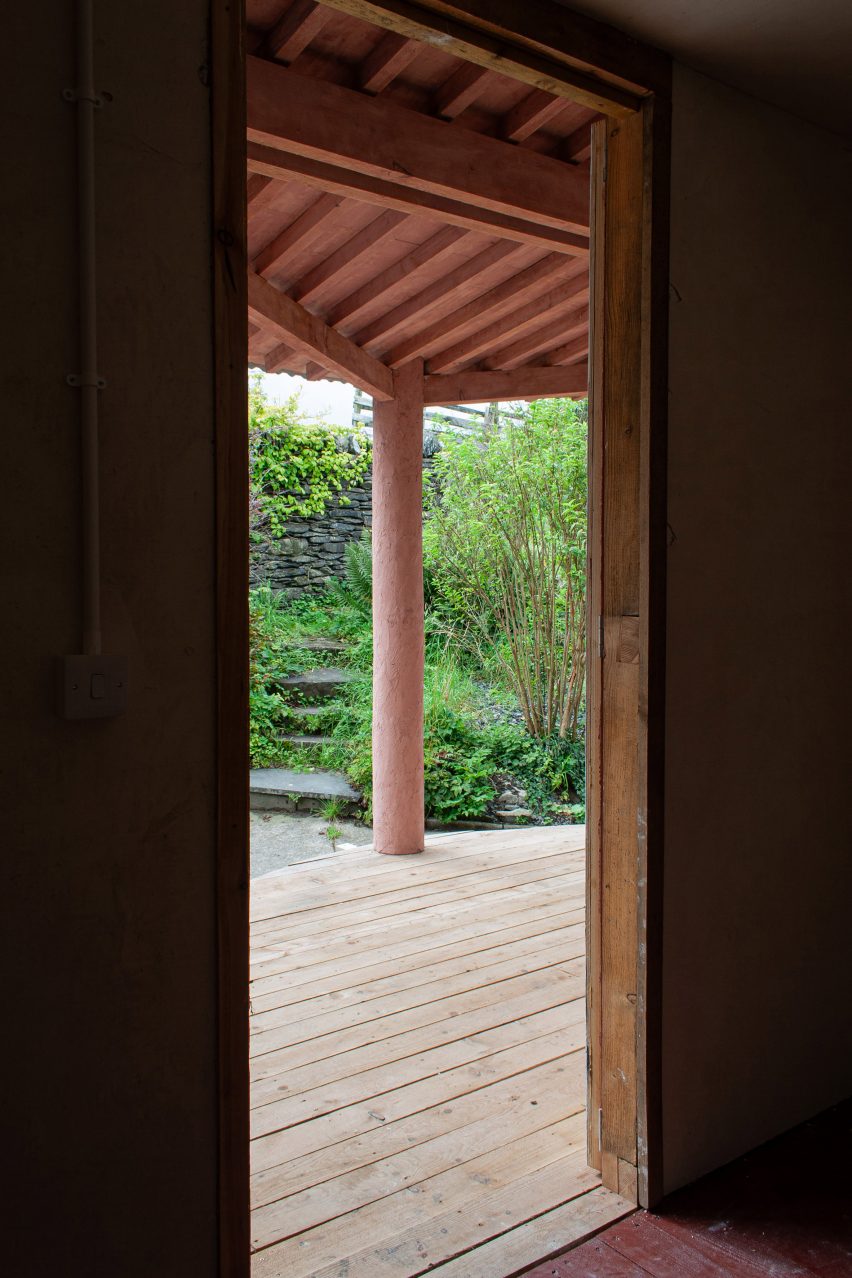
Hayatsu Architects was founded by Japanese architect Hayatsu in 2017. It was longlisted for emerging architecture studio of the year in Dezeen Awards 2022 and also in the rebirth category for its project The Blue Market Bermondsey.
Previous projects by the studio’s founder include a pavilion on the grounds of the Dorich House Museum, created with architecture students from Kingston University, and a timber-framed tea house that he created with architect Kristin Trommler and students from Cardiff University.
The photography is courtesy of Hayatsu Architects.




